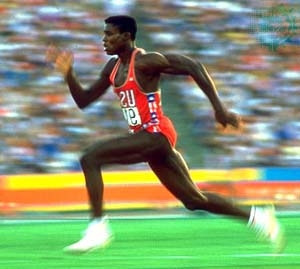For our Speed and Strength program, we have chosen a set of tests that are easy to implement and appropriate for the youth athlete. We measure the athletes on the first day and last day of the program. We also find that the gaps identified in the first test tend to motivate the athletes to work hard through the program.
For speed, we use a 30 meter sprint test. From a standing start, the athlete sprints as fast as he can for 30 meters. Most sprints in a soccer game are shorter than this, but younger athletes with inconsistent starting reactions and officials without more precise timing equipment means the 30m test is easiest to reproduce to tell us maximal speed.
For core strength, we use a 60 second sit ups test. We use the method with hands behind ears and each sit up is counted when the elbow contacts the leg (as per the Canada Fitness Test in the 1970's/80's).
For agility, we use the T Agility test. This combines forward, backward and lateral movement with change of direction.
For anaerobic capacity, we use the Henman Shuttle test. It is simply performing shuttle runs between cones 20m apart for 5 consecutive one minute periods with one minute recovery in-between. This test is preferred to the "Beep Test" for this age group as younger athletes have difficulty understanding this test (and performing maximally) and harder to implement.
For older athletes, we would also look at explosive power through various jump tests and would add an additional core strength test.
For comparison,
- here are some tests Nike is promoting on their soccer website.
- here is the US Women's National Team's fitness testing regime.





